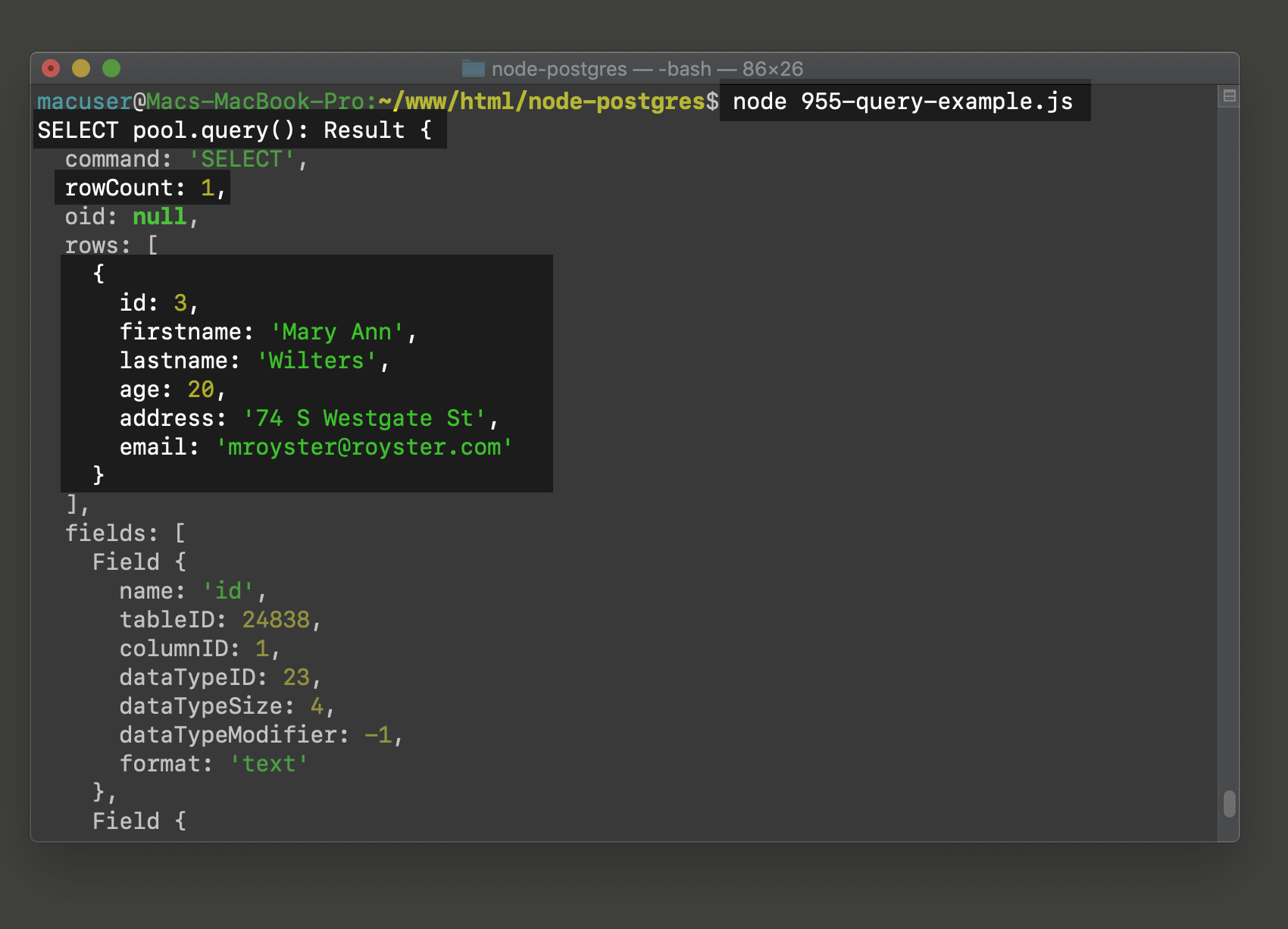

Refer to the SELECT statement for a description of the syntax. Python provides multiple ways to add elements to a list. A query ( SELECT statement) that supplies the rows to be inserted. It’s similar to the string concatenation in Python. The new list will contain elements from the list from left to right. This example added the list of evens to the end of the list of odds. As one creates a new database, it has no data initially.


If you want to insert more than 1000 records, you need to run INSERT INTO statement multiple times. In PostgreSQL, the INSERT statement is used to add new rows to a database table. You only have to specify the values, but you have to pass all values, and they have to be in. You can insert a maximum of 1000 rows in a single statement in PostgreSQL. Heres the shortest and easiest way to insert in PostgreSQL. This will create a new list, and the original lists will remain unchanged. Read PostgreSQL DATE Functions with Examples. In the above result, INSERT 0 1 indicates 0 rows inserted and 1 row updated. If you have to concatenate multiple lists, you can use the + operator. Insert into statement performs essential functions in the database administration. This allows you to experience immense performance boost and scalability. You can easily index and query your JSON data in PostgreSQL. extend ( "ABC" ) # extending string elements print (extend_list ) PostgreSQL provides an insertion operation we call as INSERT INTO statement. Inserting JSON into PostgreSQL will allow you to overcome the complexity of using 2 database architectures. extend ( ( 3, 4 ) ) # extending tuple elements print (extend_list )Įxtend_list. extend ( ) # extending list elements print (extend_list )Įxtend_list. This function adds iterable elements to the list. 20 has been inserted into the list at this index. Please enter the index between 0 and 4 to add the number:

Before insertion operation, we just need a table, without. With the help of insert into statements, we can insert single records or multiple records into database tables at a time. Insert into statement performs essential functions in the database administration system. One can insert a single row at time or several rows as a result of a query. fruit_list = print ( f'Current Fruits List ' ) PostgreSQL provides an insertion operation we call as INSERT INTO statement. Description INSERT allows one to insert new rows into a class or table. This function adds a single element to the end of the list. List Concatenation: We can use the + operator to concatenate multiple lists and create a new list.extend(): extends the list by appending elements from the iterable.insert(): inserts the element before the given index.append(): append the element to the end of the list.FROM sourcetable WHERE conditions Parameters or Arguments table The table to insert the records into. There are four methods to add elements to a List in Python. The syntax for the INSERT statement when inserting multiple records using a sub-select in PostgreSQL is: INSERT INTO table (column1, column2. The grid is provided for informational purposes only.In this tutorial, we will learn different ways to add elements to a list in Python. The parameters node in the input tab will not have mappings as there is no parameter in the insert query statement. Secondly, you must list a comma-separated value list after the VALUES clause.
#Postgresql insert update
aggregate, sort and limit results Insert new records, update and delete the. Price is substituted into the substitution variables Syntax: INSERT INTO table (column1, column2, ) VALUES (value1, value2, ) The below rules must be followed while using the PostgreSQL INSERT statement: First thing to do is specify the table name followed by the columns where you want to insert the data or rows. Adminer is available for MySQL, MariaDB, PostgreSQL, SQLite, MS SQL. INSERT INTO products (product_no, name, price) VALUES (?product_no, ?name, ?price) returning price Upserts in PostgreSQL do exactly what you described.Also, the mapped value for the field price and name is substituted into the substitution variable Price (NUMERIC) under Values node as its part of values clause, and name(VARCHAR) under parameters node as it is part of the parameter select sub-query. INSERT INTO products (product_no, name, price) VALUES (1, 'Cheese', ?price), (2, 'Juice', ?price), (3, 'Milk', ?price ) returning (select name from instructor where name = ?name) įor the above insert query, output field is generated for.The following examples represent insert queries:


 0 kommentar(er)
0 kommentar(er)
